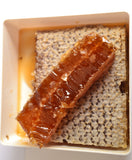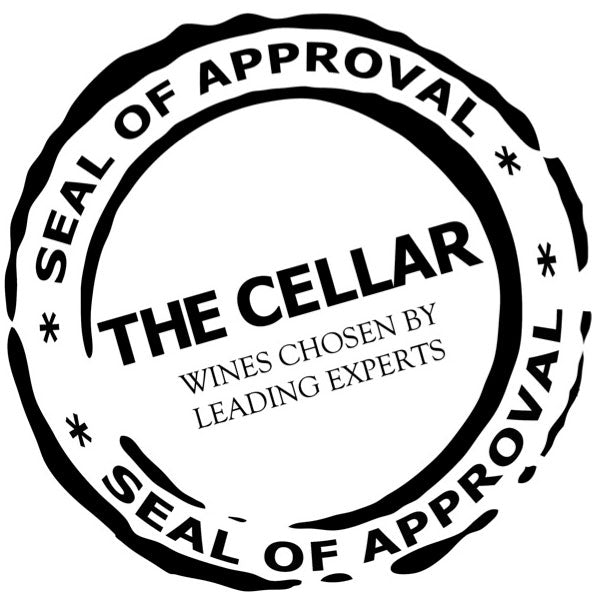Riesling






Classic aromas of Riesling are: Lime, Yellow Peach, Pineapple, Lemon, Dried Apricot and Honeycomb
Riesling is white grape variety from Germany. It is one of the oldest grape varietals known to man and most likely originated on the banks of the Rheingau, Germany. It was first mentioned in a botanist’s note in 1435.
Jancis Robinson MW, one of the leading wine experts in history, describes Riesling as: ‘one of the world’s greatest white wine grapes, capable of making particularly geographically expressive and long-lived wines at all sweetness levels’. She is spot on in noting the variety of sweetness levels that Riesling can be made in – lending itself to being one of the most versatile grapes in the wine world. It makes dry-sweet white wines and sparkling wines around the world.
There are two great factors about Riesling that lead to its adorement in the wine trade; the fact it straddles low-alcohol levels naturally often being around 10-11% abv where most white wines start at 12.5%, and that it has an amazing ability to taste so differently in vineyards around the world, or just next to each other.
Germany is the home of Riesling, both historically and quantitatively. It is home to almost 2/3s of the world’s Riesling. The Rheingau alone has a third of the world’s supply. In total Germany has 22,434ha of Riesling – by far the dominant grape of the country. All of the leading regions of Germany plant Riesling on their very best sites. Even across Germany though there is a vast difference of aromas wafting from the Riesling bottles.
France is only allowed to produce Riesling in the Alsace region – which was a German territory before the wars. Here it takes up 3,382ha and makes an almost exclusively dry or very sweet style of Riesling.
After Germany, Austria is the most important grower of Riesling. It has 1,874ha which is minor to the Gruner Veltliner that takes first place on the planting charts – though some great examples are found in the Kamptal, Wachau and Kremstal regions.
The new world has shown a great interest in Riesling. Leading countries are Australia, the USA and NZ. California has a fair amount of plantings, 1,550ha, though it is often too hot for Riesling. In both Washington and New York States, though, it thrives. Washington has 2,558ha of Riesling – thanks to the interest and popularity charged on by Chateau Ste Michelle. Just before the turn of the current century Washington only had 769ha – a significant increase in the last decade and a half. New York State, the Finger Lakes region in particular, are now producing some of the world’s best Rieslings. It may have small plantings in comparison to other regions, 276ha, but the wines they are producing are fantastic quality.
Australia has a very clear cut style of Riesling: citrus and green fruit driven with a waft of kerosene. This style is spread over Clare and Eden Valleys. The Rieslings from these regions are best at some altitude to try and gain cooler sub-climates where possible. They are very concentrated and racy wines.
New Zealand and South Africa also have decent plantings of Rielsing.
Though Riesling produces wines that are everything from bone-dry to lusciously sweet, the one thing that doesn’t change is its high acidity. The aromatic descriptors are just as varied as the different regions, climates or soils in which it grows.
Slate soils will give a smoky aroma, whilst other a more mineral taste akin to wet wool, straw or crushed shells and rocks. In the coolest climates there will be a dominance of citrus flavours with lemon, lime, grapefruit, quince and mandarin being common descriptors. Warmer climates will give practically all stone-fruits you can think of, warmer still will give tropical fruits of guava, pineapple, mango and figs. The sweetest examples will have flavours of toffee, ginger, dried apricots, candied citrus, passionfruit, honeycomb and raisins.
